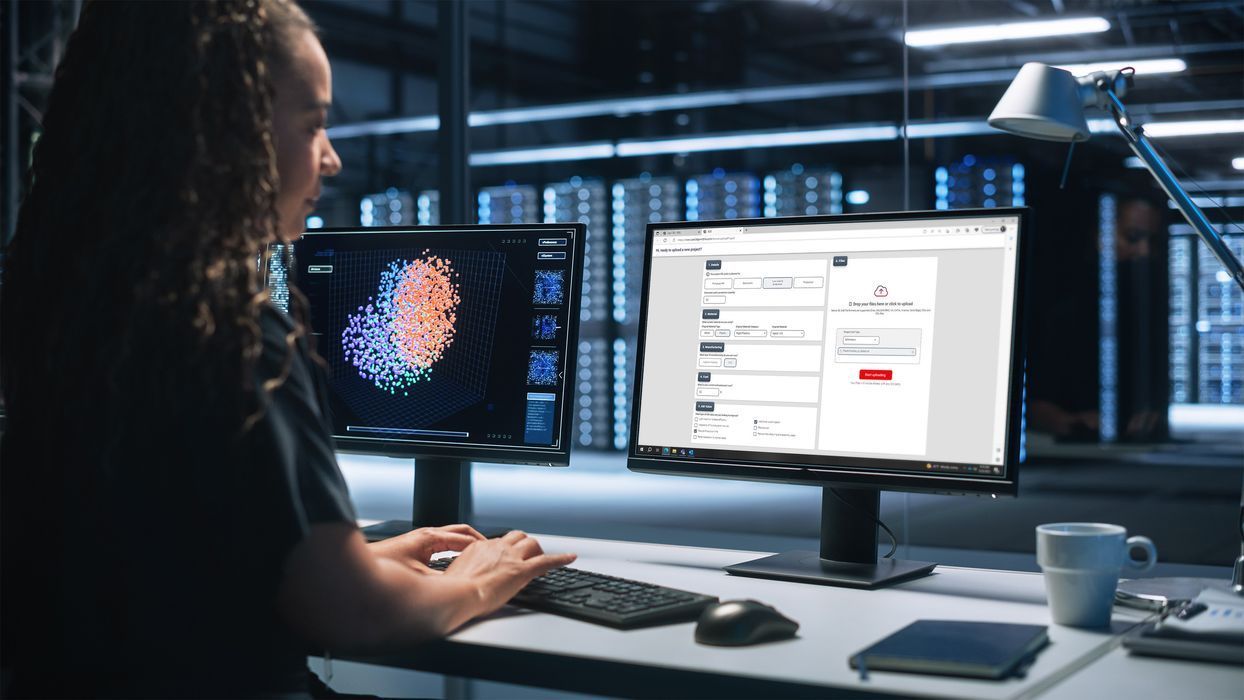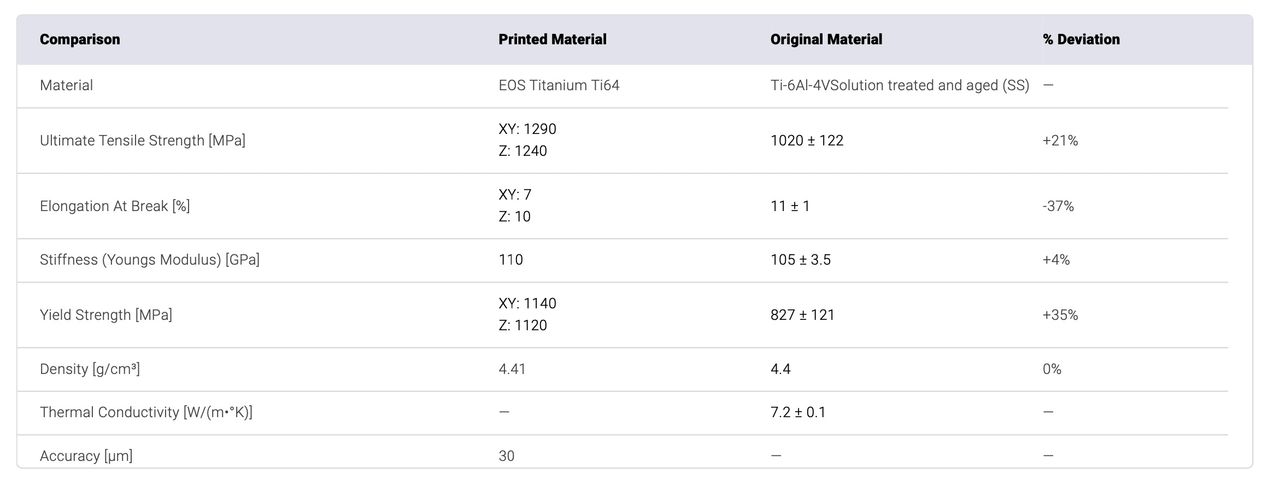
EOS North America announced today a new service called “Can I 3D Print This?”
It does precisely what you’d think, based on the service’s name. But there’s a bit of a story about the name. That question is perhaps the first step in a company’s additive manufacturing journey.
In 2023 there are still plenty of manufacturers that still have not properly investigated the use of 3D print technologies, although they may have heard much about it.
These companies have portfolios of parts they have been manufacturing, possibly for many years. They may be expert in producing them with conventional methods, but initially they will have no AM skills. Because of that they really don’t know whether any of their parts could be effectively produced using additive processes.
Hence their usual question, “Can I print this?”
EOS North America wants to short-circuit that process by answering the question with an online service. Here’s how it works:
- Customer selects a specific part to be evaluated
- Customer visits the service’s website
- Customer answers several basic questions about the part, including usage, material type, how it’s made today, part costs and goals for using additive manufacturing
- Service produces a very detailed report on the part
- Customer reviews the analysis and can then decide whether to proceed or not for that part
The entire process is automated, so there’s no need to engage sales staff. This is a key aspect of the service because some operations may be reluctant to trigger constant and aggressive sales calls for a question that may not even be relevant for their parts. Here it’s painless — and quick — to proceed online.
EOS explains the contents:
- Application geometry analysis
- Recommended AM system (3D printer) and material
- Recommended material qualities in comparison to current application material
- Financial break-even and production time analysis in comparison to current manufacturing
- method
- CPP comparison to current manufacturing process and product life cycle
- “Smart” CPP analysis that adjusts based on part orientation
I’ve seen a sample report from this new service, and it’s quite comprehensive. The service report is very specific, recommending a combination of material and printer that optimizes delivery time and production cost. It also provides a direct comparison with alternative making methods, such as CNC milling or injection molding, so the reader will immediately understand the benefits — if they exist.

What’s really interesting is that the part’s properties are estimated and then compared to the original material used by the customer. This allows them to instantly see whether the part will meet the engineering requirements.
A considerable portion of the report is based on financial analysis. The idea is to enable the manufacturer to make an intelligent decision about whether to produce the part with additive processes. While there are technical aspects to the decision, ultimately it comes down to the cost of production and delivery time cycles, and they are exquisitely analyzed in the generated report.
How could EOS North America develop such a sophisticated system? It turns out they’ve partnered with CASTOR, a company that’s been producing a tool to perform this type of analysis. However, by fronting the service through EOS, many more companies will benefit from the service.
The service is provided entirely free of charge — but only for up to five parts per manufacturer. They can do more if required, but I get the impression there is likely a fee for doing so through EOS North America’s Additive Minds division.
I’m thinking this service could help break down some barriers to the adoption of 3D printing from companies that are new to the technology and having trouble knowing how to get started. While they could have dealt directly with CASTOR and similar services, the new, friendly — and free — service from EOS is going to attract many more participants.
Finally, this is a service from EOS North America, meaning it’s available only on that continent. However, it sounds like EOS is considering expanding its availability to other regions, presumably if it’s successful in North America.
Via Can I 3D Print This? and CASTOR
